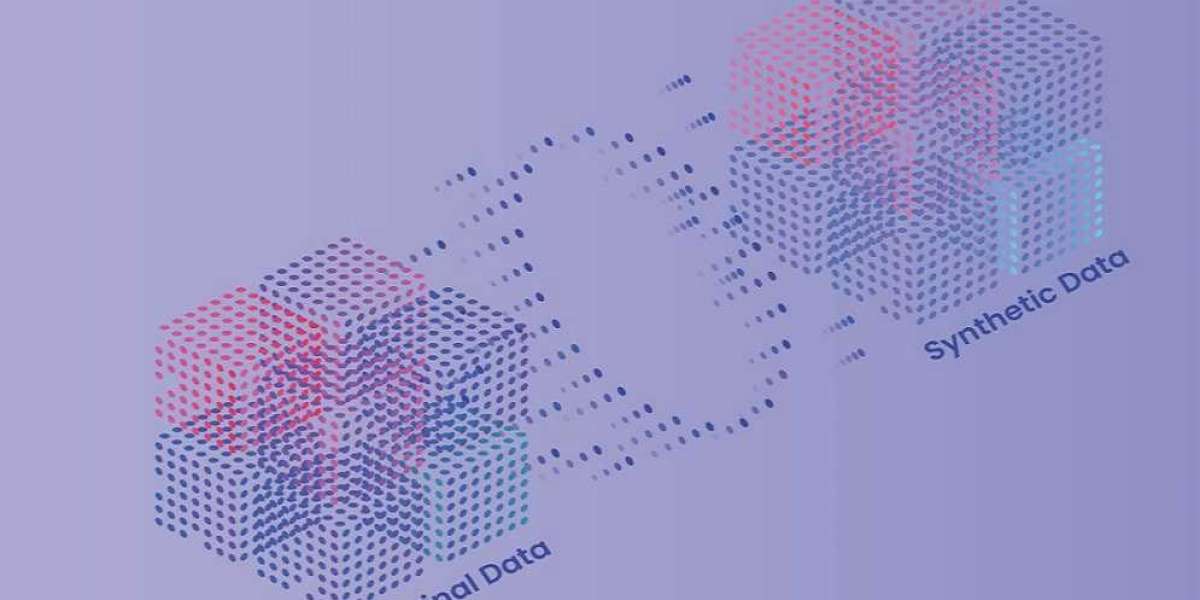In the rapidly evolving landscape of data science and machine learning, the demand for high-quality data is more critical than ever. However, acquiring real-world data can be fraught with challenges, including privacy concerns, high costs, and the sheer difficulty of obtaining sufficient data for training robust models. Enter synthetic data generation—a revolutionary approach that is reshaping how we think about data in the digital age.
What is Synthetic Data?
Synthetic data is artificially generated data that mimics the characteristics of real-world data. Unlike traditional data, which is collected from real-world events or processes, synthetic data is created using algorithms and models. This method can produce large datasets that are statistically similar to actual data without compromising any personal or sensitive information.
Why Use Synthetic Data?
Privacy Protection: One of the most significant advantages of synthetic data is that it eliminates privacy concerns associated with using real-world data. By generating data that does not contain any identifiable information, organizations can comply with regulations like GDPR and HIPAA while still leveraging valuable data for analysis.
Cost Efficiency: Collecting and labeling real data can be expensive and time-consuming. Synthetic data generation allows businesses to create vast amounts of data quickly and at a lower cost, making it an attractive option for startups and large enterprises alike.
Addressing Data Imbalance: In many machine learning applications, certain classes of data may be underrepresented, leading to biased models. Synthetic data can help balance these datasets by generating more samples of the minority class, resulting in more equitable and accurate models.
Rapid Prototyping and Testing: For developers and data scientists, synthetic data can be a powerful tool for rapid prototyping. It allows teams to test algorithms and models quickly without waiting for real data to be collected and processed.
Applications of Synthetic Data
Synthetic data has found applications across various fields:
Healthcare: In medical research, synthetic data can be used to create patient records without violating privacy regulations. This enables researchers to test algorithms for diagnosis and treatment recommendations without risking patient confidentiality.
Autonomous Vehicles: The development of self-driving cars requires extensive testing in diverse environments. Synthetic data generation can simulate various driving scenarios, weather conditions, and pedestrian behaviors, allowing for safer and more effective training of AI models.
Finance: Financial institutions use synthetic data to test fraud detection systems and risk assessment models. By generating diverse transaction patterns, they can better prepare for real-world scenarios without exposing sensitive financial information.
Challenges and Considerations
While synthetic data offers numerous advantages, it is not without challenges. The key to effective synthetic data generation lies in ensuring that the generated data accurately reflects the characteristics of real-world data. Poorly generated synthetic data can lead to misleading conclusions and ineffective models.
Additionally, organizations must be mindful of the ethical implications of synthetic data use. It’s crucial to ensure that the generated data does not reinforce existing biases or stereotypes that could impact decision-making processes.
The Future of Synthetic Data Generation
As technology continues to advance, synthetic data generation is expected to play an increasingly significant role in data science. With innovations in machine learning and artificial intelligence, the capability to generate realistic, high-quality synthetic data will only improve. Organizations that embrace this technology can gain a competitive edge by leveraging data more effectively and responsibly.
In conclusion, synthetic data generation is revolutionizing how we approach data in various industries. By offering a viable alternative to traditional data collection methods, it paves the way for more innovative, ethical, and efficient data science practices. As we continue to navigate the complexities of data in the digital era, synthetic data may well become a cornerstone of our data-driven future.







